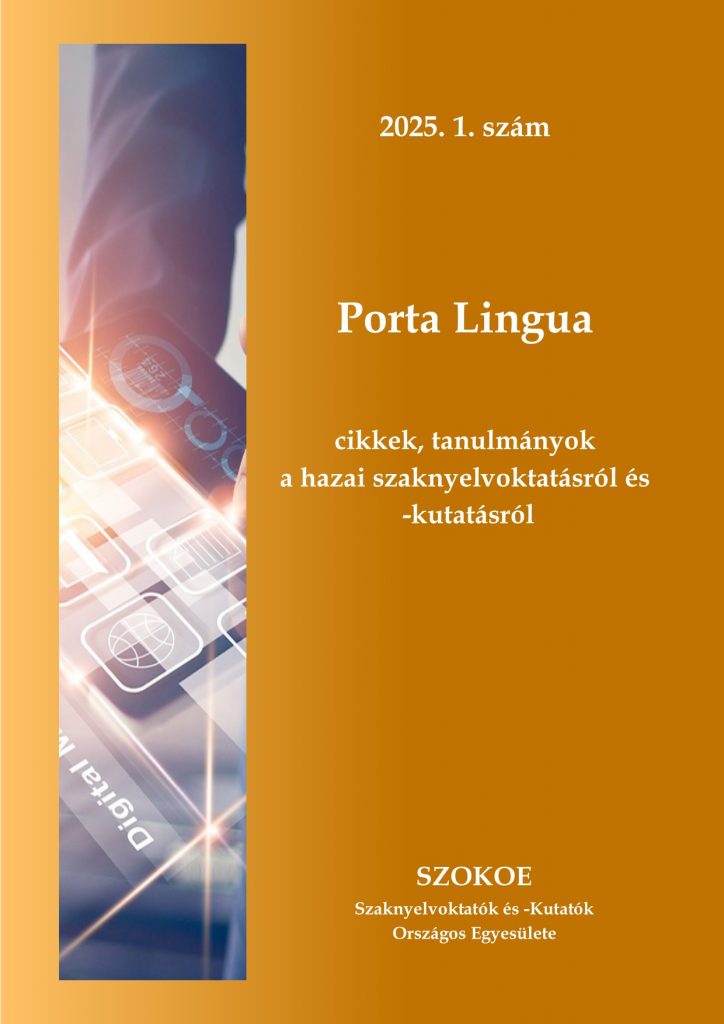Kovács, Tímea
Human-made vs. neural machine translation: A comparative analysis of human-made and machine-translated literary texts
![]()
Kovács, T. (2025): Human-made vs. neural machine translation: A comparative analysis of human-made and machine-translated literary texts. Porta Lingua. 2025/1. 5-13
DOI: https://doi.org/10.48040/PL.2025.1.1
Absztrakt
There seems to be a consensus that register-specific, informative texts are more suitable for automated machine translation, while form-focused texts are less so. Since there are limitations in machine translation in terms of communicative and translation competence, texts in which linguistic form, pragmatic meanings, connotations, and culture-specific elements play an important role, in addition to content, are more difficult for machine translation programs to cope with. In this paper, I will attempt to demonstrate the relevant differences that arise in the process of machine and human translation by comparing a neural machine translation (by DeepL) of a literary text (“Fatelessness” written by Imre Kertész) with the human translated text (by Tim Wilkinson). The ultimate goal of my research is to gain more insight into the quality of Hungarian–English machine translation, how corpus linguistic analysis of the source and target languages can be of further use, and what are the limitations (if any) of the use of machine translation in the translation and post-editing of literary texts.
Keywords: machine translation, human translation, literary texts, corpus linguistic analysis, post-editing


 Porta Lingua 2025. 1. szám
Porta Lingua 2025. 1. szám